- No products in the cart.
Aspirin Express tab pin 12 pc
$8.20
Aspirin Express tab pin 12 pc
SKU: 1273809026 Categories: Analgesics, antispasmodics, Medicaments Tags: acetylsalicylic acid, Bayer Consumer Health
Description
Composition
Active substance:
1 effervescent acetylsalicylic acid tablet soderzhit- – 500 mg.
Excipients:
Sodium citrate anhydrous, sodium dihydrogen carbonate, anhydrous citric acid, anhydrous sodium carbonate.
Description:
Round, flat, bevelled edge to white tablets with an engraving in the form of the logo (Bayer cross) on one side.
Product form:
Effervescent tablets of 500 mg.
2 tablets in a strip of paper, laminated with aluminum foil. At 6 and 12 strips together with instructions for use in a cardboard box.
Contraindications
Ulcerative lesions of the gastrointestinal tract.
Hemorrhagic diathesis.
Hypersensitivity to ASA, other salicylates or any of the excipients of the drug.
Asthma induced by intake of salicylates and NSAIDs.
The combined use with methotrexate at a dose of 15 mg per week.
Severe renal failure.
Severe hepatic insufficiency.
Severe heart failure decompensation.
The first and third trimesters of pregnancy and lactation.
The drug is not indicated for children under 15 years old with acute respiratory diseases caused by viral infections, because of the risk of Reye syndrome (encephalopathy and acute fatty liver with the development of acute liver failure).
Carefully:
Concomitant treatment with anticoagulants; a history: ulcers of the gastrointestinal tract including chronic or recurrent peptic ulcer disease, as well as gastrointestinal bleeding, allergic reactions to NSAIDs and other drugs, bronchial asthma, hay fever, nasal polyposis, chronic respiratory diseases; dysfunction of kidney and liver; gout; hyperuricemia; II trimester of pregnancy.
Dosage
500 mg
Indications
For the symptomatic treatment of headache, toothache, sore throat, menstrual pain, back pain, muscle and joint pain, mild arthritis pain. Increased body temperature when cold and other infectious and inflammatory diseases.
Interaction with other drugs
Combinations of drugs that are used with caution
Methotrexate at a dose less than 15 mg / week: the simultaneous use of drugs hematologic toxicity of methotrexate increases due to the fact that in general NSAIDs reduce renal clearance of methotrexate, and salicylates, especially displace it from connection with plasma proteins.
Anticoagulants (coumarin, heparin) while receiving ACK and indirect atikoagulyantov increased risk of bleeding due to suppression of platelet function, damage to the gastric mucosa and duodenum 12 and the displacement of their oral anticoagulation due to plasma proteins.
Other NSAIDs salicylates with a high dose (> 3 g / day), while the application of drugs due to the effect of synergism increased risk of mucosal ulcers of the gastrointestinal tract and bleeding.
Uricosuric drugs (benzbromarone, probenecid) decreases therapeutic effect of uricosuric drugs due to competitive tubular excretion of uric acid.
Digoxin: the simultaneous use of drugs increases the concentration of digoxin in plasma by lowering its excretion.
Antidiabetic drugs (insulin sulfonilmochevina): hypoglycemic effect is enhanced by the fact that the high dose of ASA has hypoglycemic properties and displaces sulfonylurea of its association with plasma proteins.
Thrombolytics / antiplatelet agents other classes (ticlopidine): increased risk of bleeding.
Diuretics in combination with ASA in a dose of 3 g / day and more: reduced glomerular filtration, due to a decrease of prostaglandin synthesis in the kidneys.
Systemic glucocorticosteroids (GCS) except hydrocortisone (used for treating Addison’s disease): the simultaneous use of drugs salicylate concentration in blood decreases as corticosteroids enhances elimination salicylates.
Angiotensin-converting enzyme (ACE) inhibitors: the simultaneous use of ACE inhibitors and ASA in a dose of 3 g / day and more marked reduction of the hypotensive effect of ACE inhibitors, due to the reduction of glomerular filtration.
Valproic Acid: ACK gives valproic acid bond to plasma proteins, thereby increasing its toxicity.
Alcohol: when combined with ASA amplifies the damaging effect on the mucous membrane of the gastrointestinal tract and prolong bleeding time.
Overdose
Overdose should be wary in the elderly and in young children, for whom it can be fatal.
symptoms:
For moderate overdose is characterized by tinnitus, the sensation of hearing loss, headache, dizziness, confusion.
The symptoms may be controlled by dose reduction.
For severe overdose is characterized by fever, hyperventilation, ketosis, respiratory alkalosis, metabolic acidosis, coma, cardiovascular shock, respiratory failure, severe hypoglycaemia.
Emergency measures:
Urgent hospitalization to a specialized office for emergency therapy – gastric lavage, appointment of activated carbon, determination of acid-base balance, alkaline diuresis until the pH of urine in the range 7.5-8, forced alkaline diuresis, when the concentration of salicylate in blood over 500 mg / l (3.6 mmol / l) in adults and 300 mg / l (2.2 mmol / l) in children compensation fluid losses, symptomatic treatment.
In severe poisoning might hemodialysis.
pharmachologic effect
Pharmacological group:
Nonsteroidal anti-inflammatory drug (NSAID).
Pharmacological properties:
Anti-inflammatory, antipyretic, analgesic drug that helps to reduce fever, helps to alleviate headaches, sore throat and “aches” in the body.
Pharmacodynamics:
Acetylsalicylic acid (ASA) belongs to the group of nonsteroidal anti-inflammatory drugs (NSAIDs) and has analgesic, antipyretic and antiinflammatory action.
The mechanism of action is in the irreversible inhibition of the enzyme cyclooxygenase (COX) – enzyme regulating the synthesis of prostaglandins E2, E12 and thromboxane A2.
Pharmacokinetics:
High absorption after ingestion of ASA quickly completely absorbed from the gastrointestinal tract. ASA Cmax maximum concentration after oral administration for dosage forms effervescent tablets is achieved after 18 min, 2 times faster than standard pellets, which Cmax is 30-45 min. The absorption period and immediately after ACK is converted into the principal active metabolite – salicylic acid. Cmax salicylic acid to the effervescent tablet dosage form reaches the maximum blood plasma concentration after 48 min and Cmax for standard salicylic acid tablets – 1,5-2 hours.
About 80% of salicylic acid ASA and binds to plasma proteins and is rapidly distributed to the tissues. Salicylic acid is metabolized in the liver with the formation of metabolites – salitsilurata, salitsilovofenolnogo glucuronide glucuronide salitsilatsilovogo, gentizurovoy and gentisic acid. It is released in breast milk and crosses the placenta.
Salicylic acid dose-dependent elimination. The half-life ranges from 2-3 hours, while taking the drug at a low dose to about 15 hours at high dose. Salicylic acid and its metabolites are excreted mainly by the kidneys.
Pregnancy and breast-feeding
The I and III trimester use of preparations containing ACK contraindicated.
In the II trimester of ASA can be given occasionally. As a long-term therapy is not used.
Application in III trimester ASA dose> 500 mg / day, as well as other inhibitors of prostaglandin, can cause abnormalities in the fetus following:
Cardiopulmonary (premature closure of the ductus arteriosus and pulmonary hypertension).
Renal dysfunction until the development of renal failure with oligohydramnios.
Prolonged bleeding in the mother and fetus to the end of pregnancy. This effect can be observed even at low doses of ASA.
Lactation.
Salicylates and their metabolites in small amounts into breast milk.
When breast-fed baby, preparations containing ACK contraindicated.
Conditions of supply of pharmacies
Without recipe.
side effects
Gastrointestinal tract: abdominal pain; nausea; vomiting; heartburn; gastrointestinal bleeding, including hidden, leading to the development of iron deficiency anemia; ulcers of the stomach and duodenum (including perforated); increase in liver transaminases.
Central nervous system and sensory organs: dizziness, tinnitus, hearing loss, headache (usually a sign of overdose).
hematopoietic system: prolonged bleeding time, with the development of different localization of bleeding (epistaxis, gingival, hemorrhagic purpura, etc.).
Allergic reactions: anaphylactic reactions, asthma, angioedema, urticaria and other allergic skin reactions.
special instructions
Children should not be prescribed drugs containing acetylsalicylic acid because the risk of Reye’s syndrome is increased in the case of a viral infection. Symptoms of Reye syndrome are prolonged vomiting, acute encephalopathy, liver enlargement.
ASA may provoke bronchospasm development and cause an attack of asthma or other allergic reactions. Risk factors is the presence in the patient of bronchial asthma history, hay fever, nasal polyposis, chronic respiratory diseases and allergic reactions to other drugs (e.g., pruritus, urticaria, other skin reactions).
The ability of ASA to inhibit platelet aggregation may lead to increased bleeding during and after surgery (including small surgical intervention, e.g., tooth extraction). It increases the risk of bleeding when used at high doses of ASA. Hemorrhagic ACK effect persists for 4-8 days after cancellation.
The low dose of ASA reduces the excretion of uric acid, which can cause the development of gout patients with its initially low level excretion.
Long-term use of analgesics can lead to the formation of a headache habituation, which occurs during the period of the abolition of analgesics.
Habitual use of analgesics (particularly combinations of different analgesic) can lead to severe kidney damage – analgesic nephropathy.
In one dose of medication contained 1086 mg of sodium, which must be kept in mind when using the drug in patients who are on a diet that requires limiting the use of salt.
Effects on ability to drive and moving machinery:
Does not affect.
Storage conditions
At a temperature above 25 degrees Celsius.
Keep out of the reach of children.
Dosing and Administration
Adults and children over 15 years, taken orally after a meal before taking dissolved in a glass of water.
When pain syndrome mild to moderate intensity and feverish conditions single dose of 1000 mg (corresponding to 2 effervescent tablets drug).
The maximum single dose is about 1000 mg. Intervals between doses of the drug should be at least 4 hours. The maximum daily dose should not exceed 3 g (6 tablets).
Duration of treatment (without consultation with a physician) should not exceed 7 days when administered as an analgesic and more than 3 days – as an antipyretic agent.
Information
Appearance may differ from that depicted in the picture. There are contraindications. You need to read the manual or consult with a specialist
Additional information
| Weight | 0.100 kg |
|---|---|
| Manufacturer | Bayer Consumer Health |

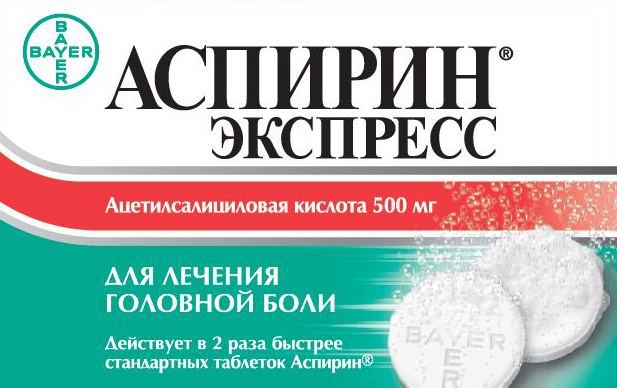
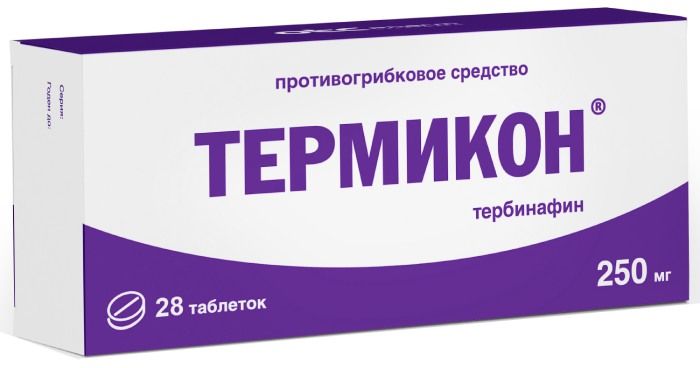
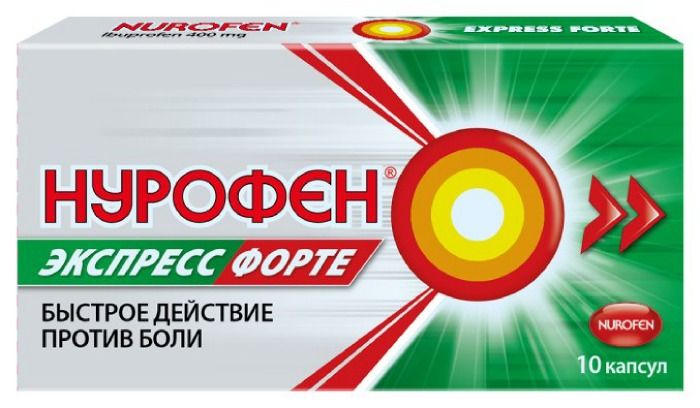
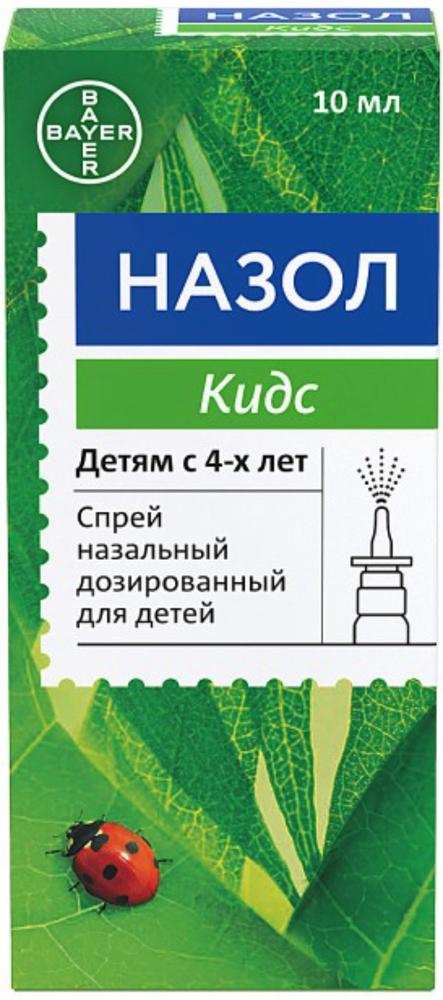
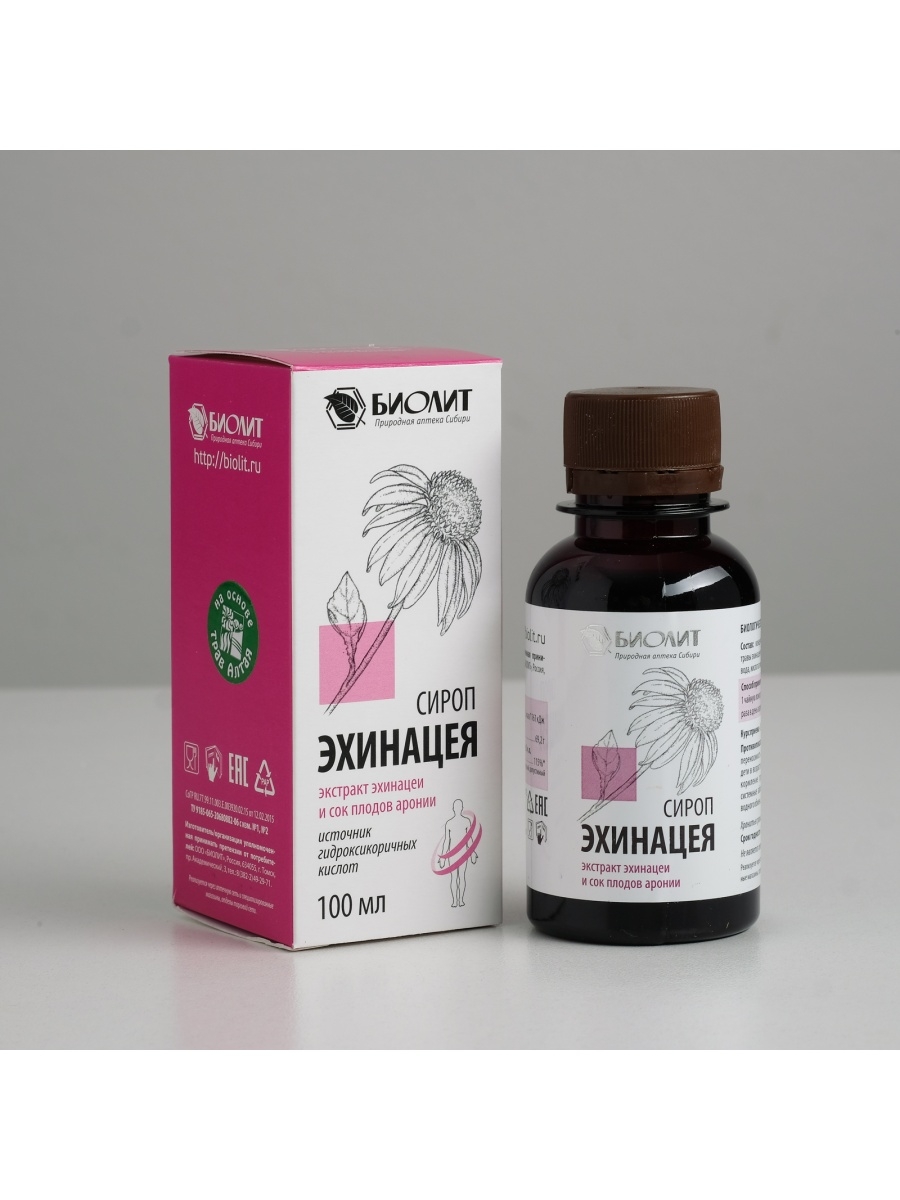
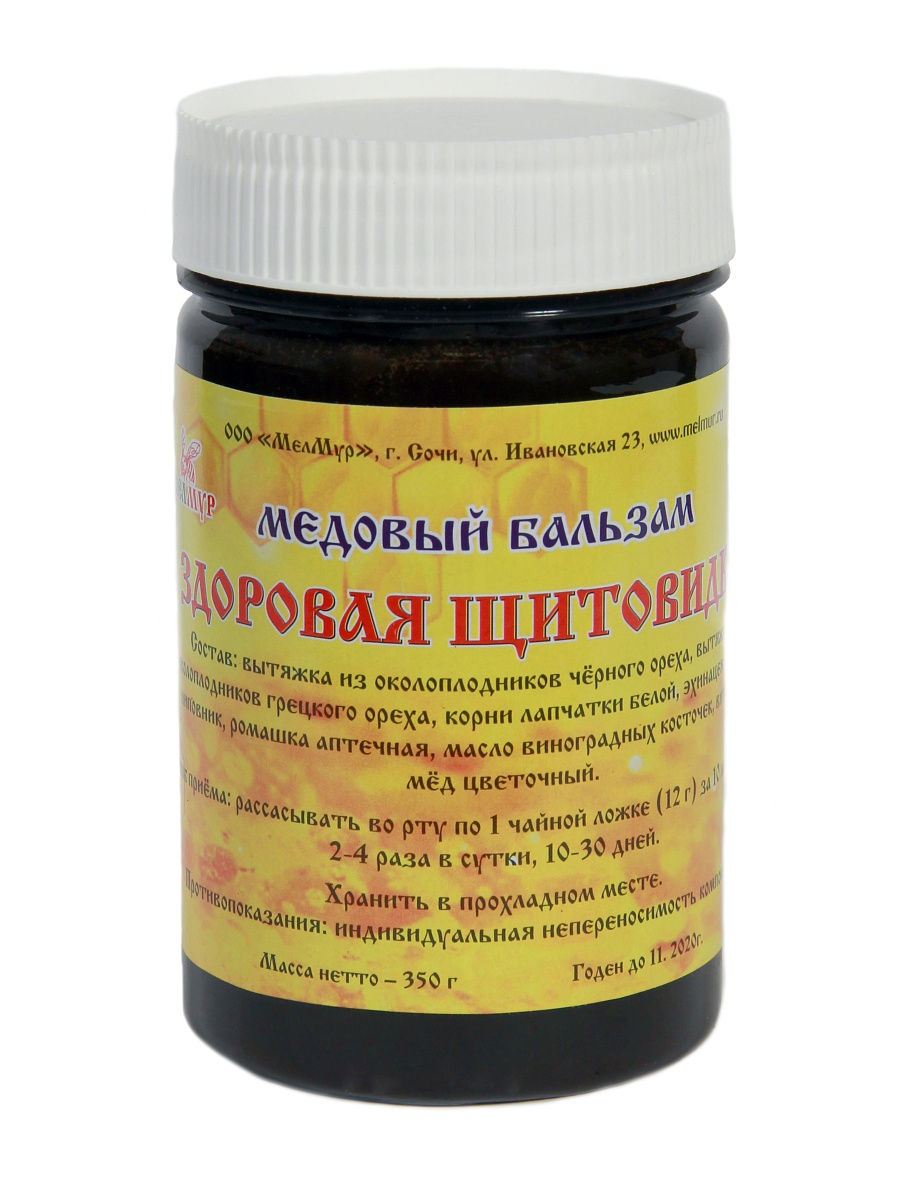
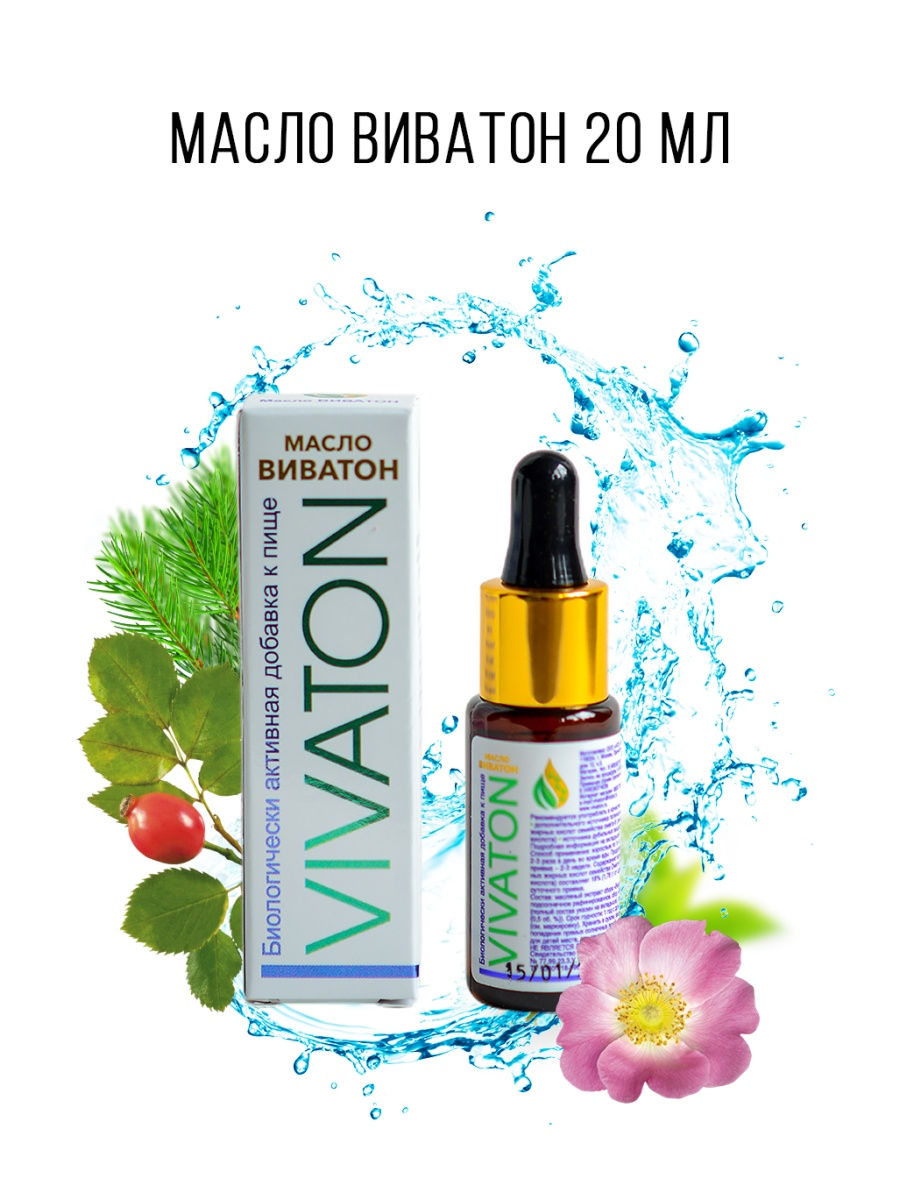
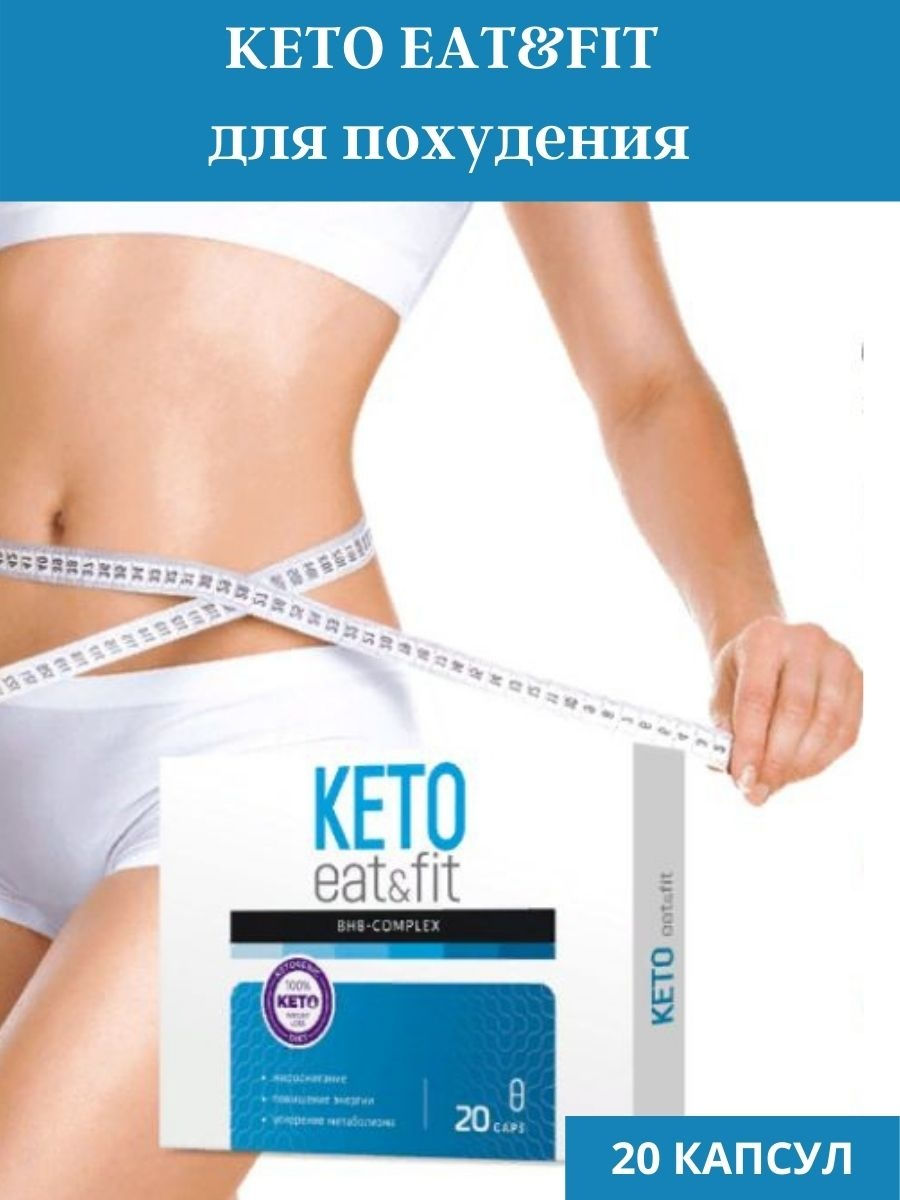
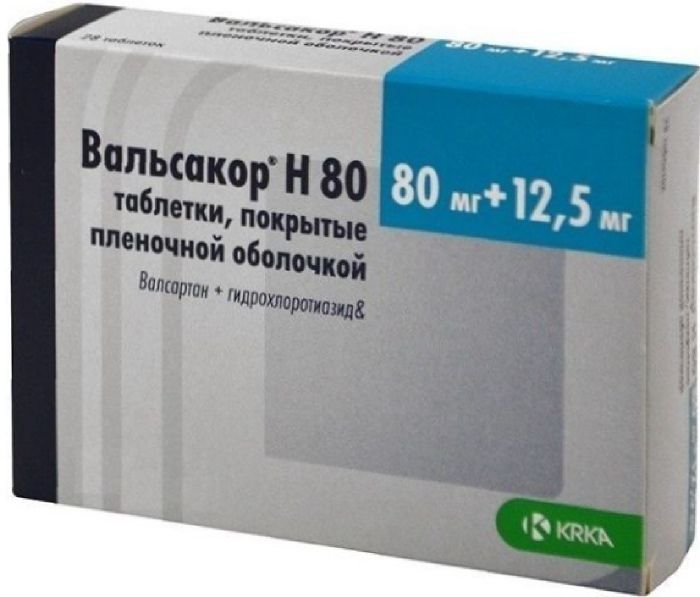




There are no reviews yet.